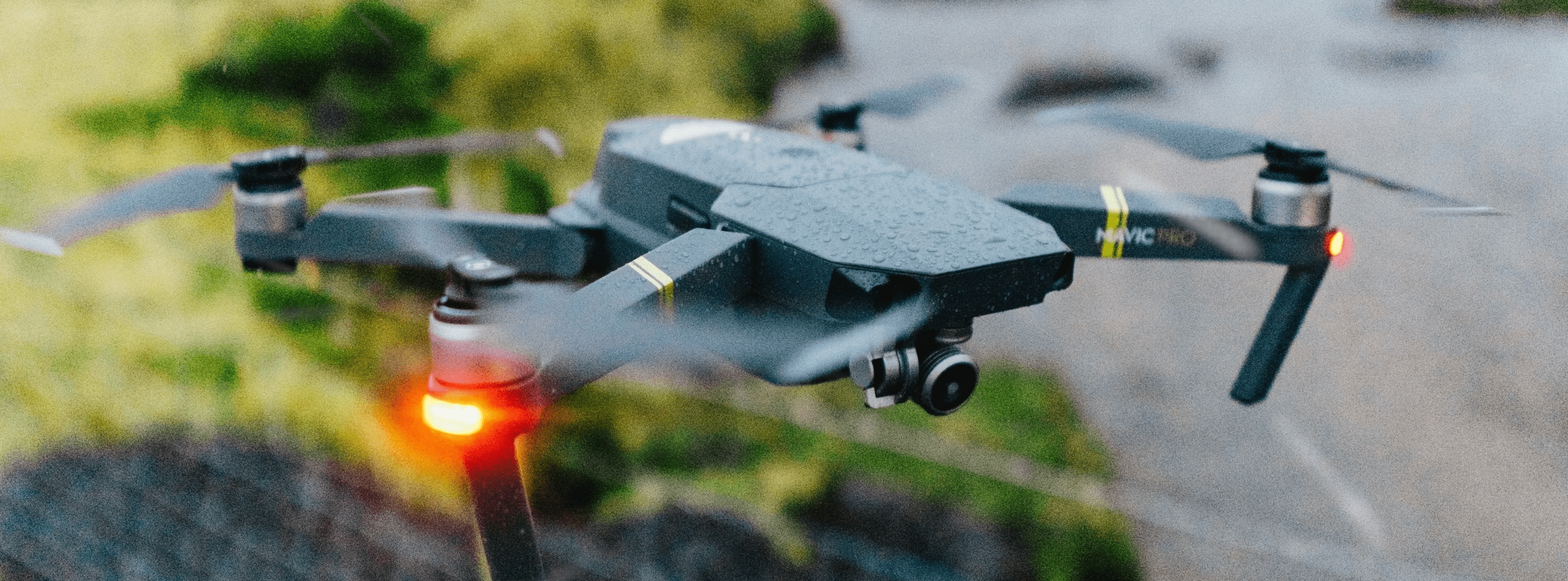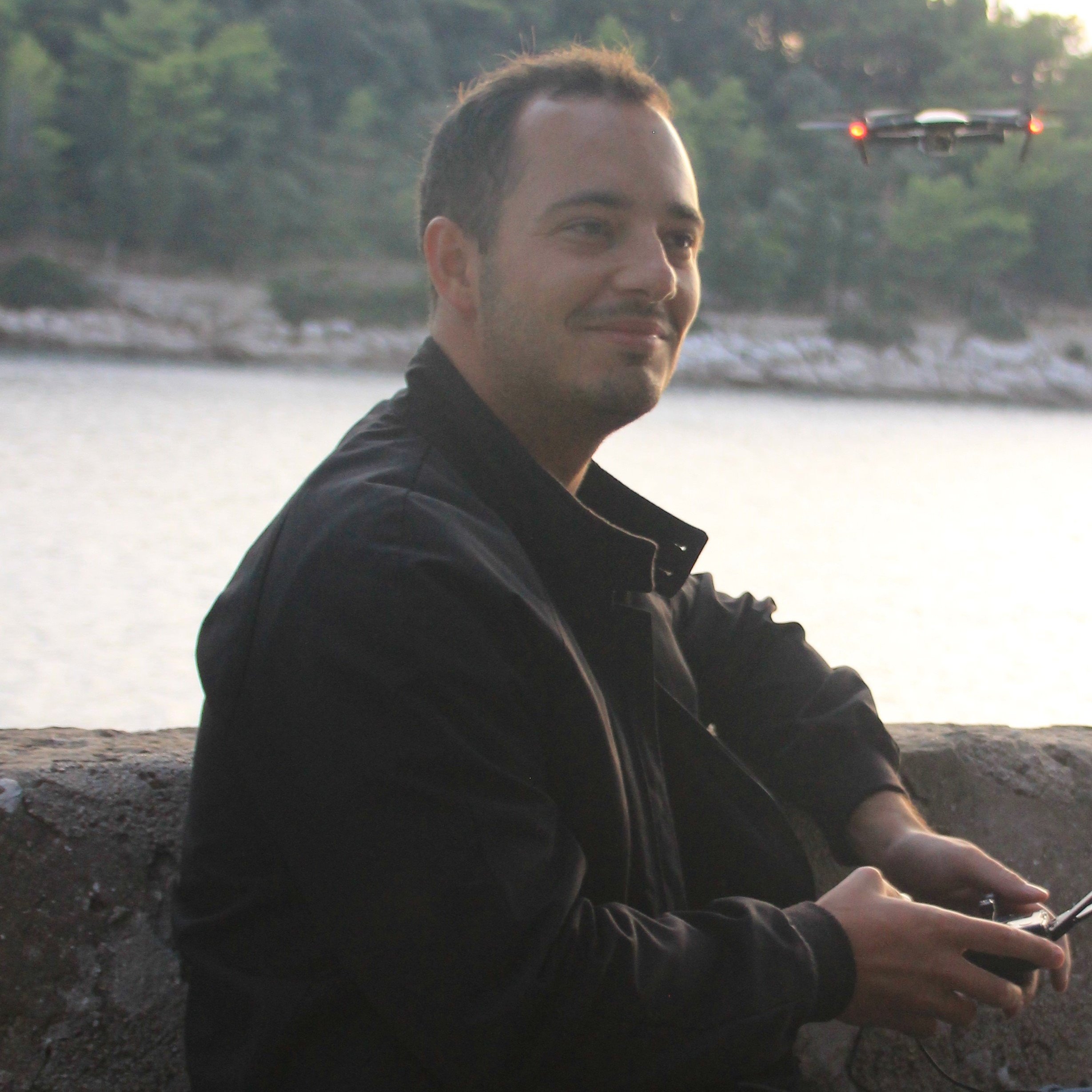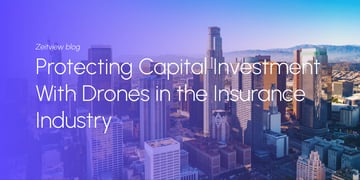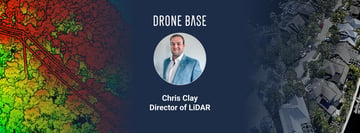From an insurer's or appraiser's perspective, there are three main reasons to get a closer look at a customer’s roof.
The first is at the outset of a relationship. When determining risk and underwriting a policy, roof inspections are a key part of the insurance process for covering commercial and residential properties.
The second is as part of the claims process. If there’s damage following a storm or fire, a post-disaster assessment is needed to see how bad things are and how much it will cost to repair.
The final reason is for ongoing maintenance and checks, whether you’re providing an estimate for upkeep, fraud monitoring or recommendations to ensure structural conditions are in line with the original policy.
Roof inspections for all of the above scenarios can be supported by drone technology. When deployed by engineering and assessment teams, drones can help insurers save time, gather more accurate data, cut costs, and improve safety standards.
Speeding up the inspection process
As with all manner of data gathering and inspection tasks, drones can take off, capture photos and videos, and be done and dusted far quicker than a manned inspection crew.
Roofs tend to be difficult to access and awkward to navigate. As a result, ground teams are hindered by safety concerns and, in some cases, a need for extra equipment. Using a drone means you can gather information from every angle in a fraction of the time.
A quicker inspection process means insurers can process more claims and carry out more inspections in a day.
More valuable information
One overlooked aspect of roof inspection by drone is objectivity. When carrying out an insurance mission, attention to detail is key. Depending on the methodology of the inspection process, the outcome of a claim can come down to the opinion and accuracy of one person.
Using a drone allows insurance companies to remove subjectivity from the equation and reduce the potential for human error. Photos and videos can be captured and stored for further analysis later on, and a live stream of the flight can be viewed by a team on the ground as an inspection takes place.
Rethinking safety
Falls as a result of carrying out tasks at height remain one of the biggest workplace killers in the United States.
Beyond the reduced costs, more effective inspections and faster claim processing, roof inspection with drone can help insurance companies make the ultimate saving: the lives of their staff.
In many cases, a drone can entirely remove the need for an inspection crew to take risks on rooftops. Failing that, using a drone for an initial sweep can help teams avoid dangerous areas and scout inspection routes out before going up.
Integrating drones into inspection workflows is one way for insurers to cut costs and increase efficiency. But just as important is how that aerial data is used.
Analyzing photos and videos at scale often requires another degree of tools and expertise, but the insights gleaned can be well worth it. Earlier this year we launched DroneBase Insights, a platform that helps insurers and property managers assess damage and mitigate risk for commercial properties.
We’re putting AI to work to help insurers work smarter and plan for the future based on historical data. You can tap into automated reports from DroneBase Insights, here.




.jpg?width=360&name=Banner%20Templates%20(12).jpg)
